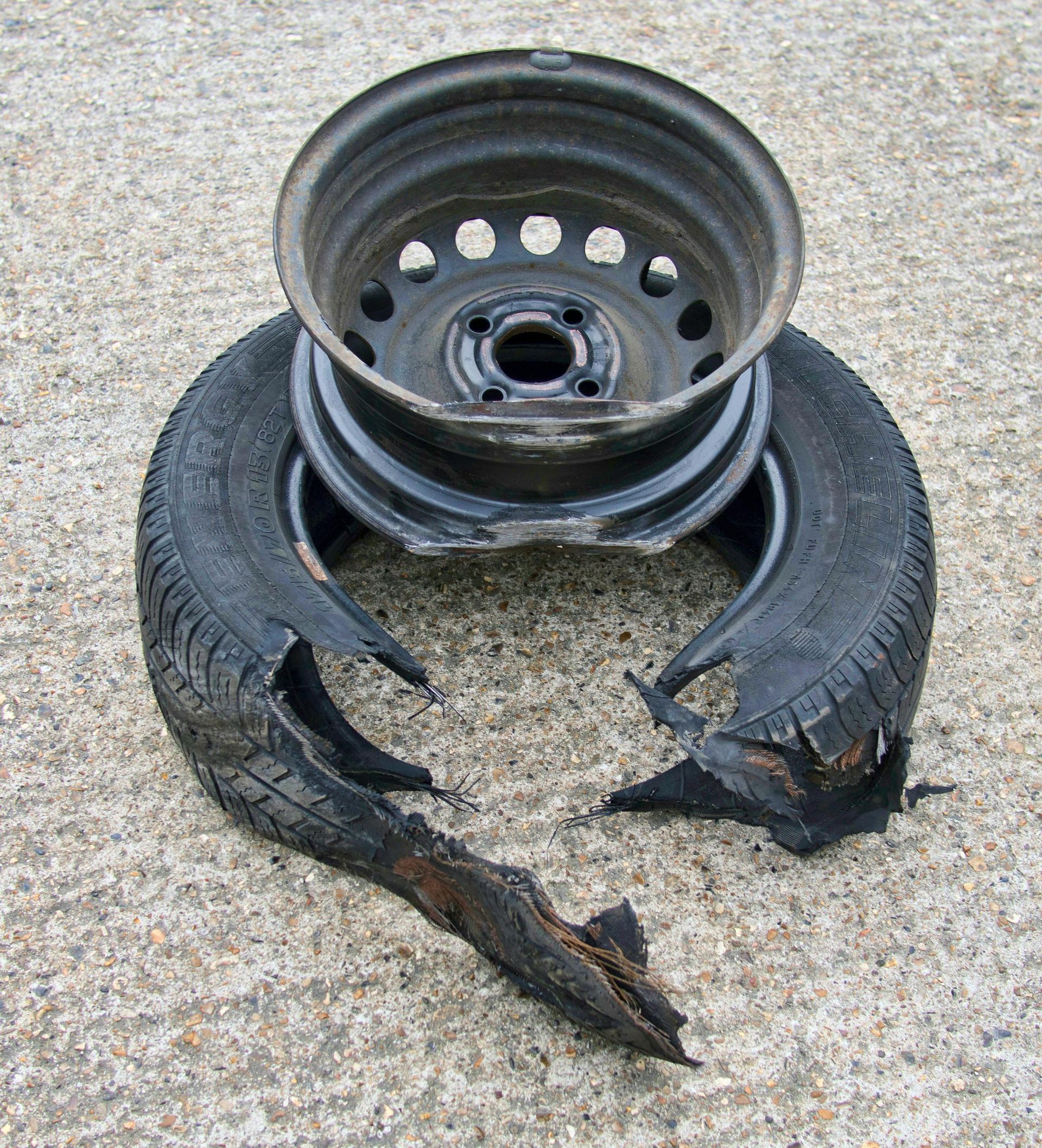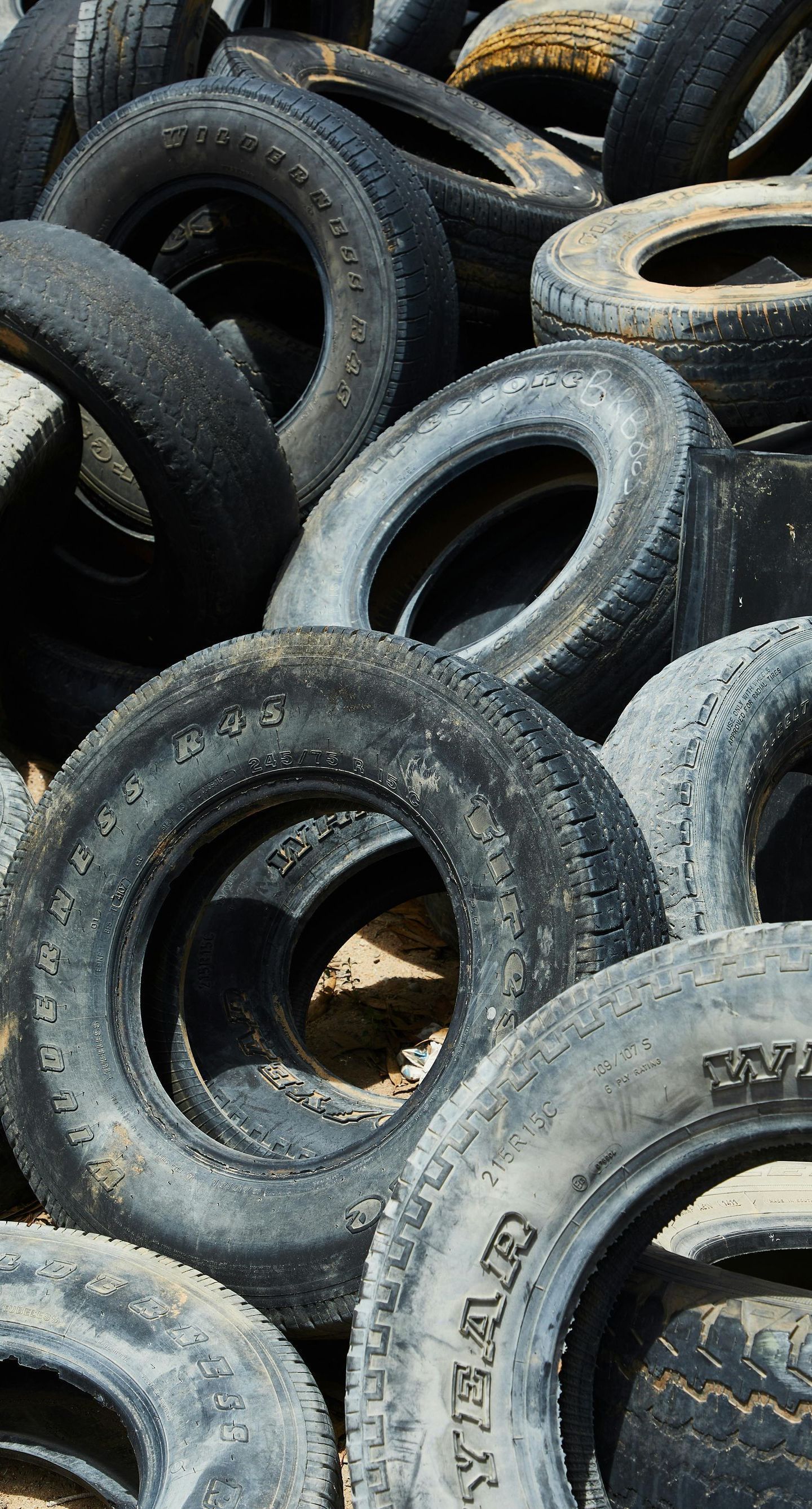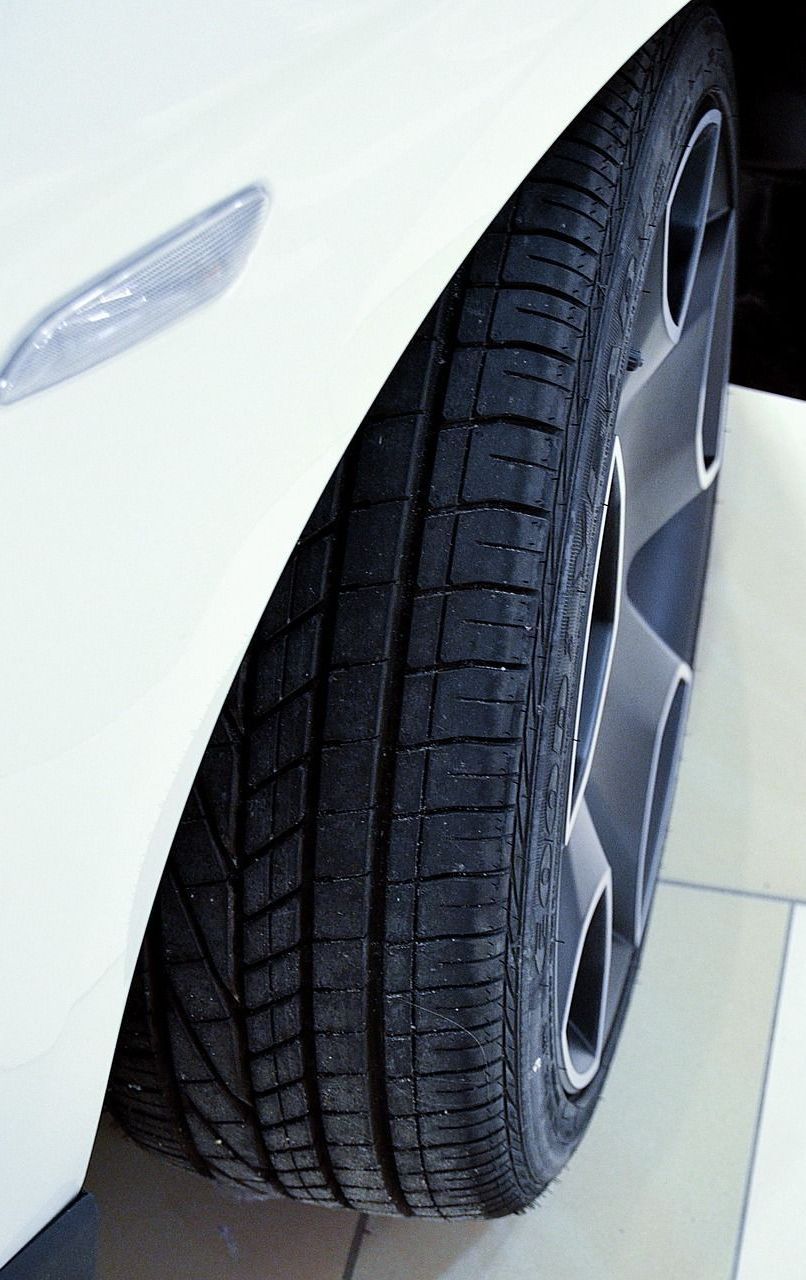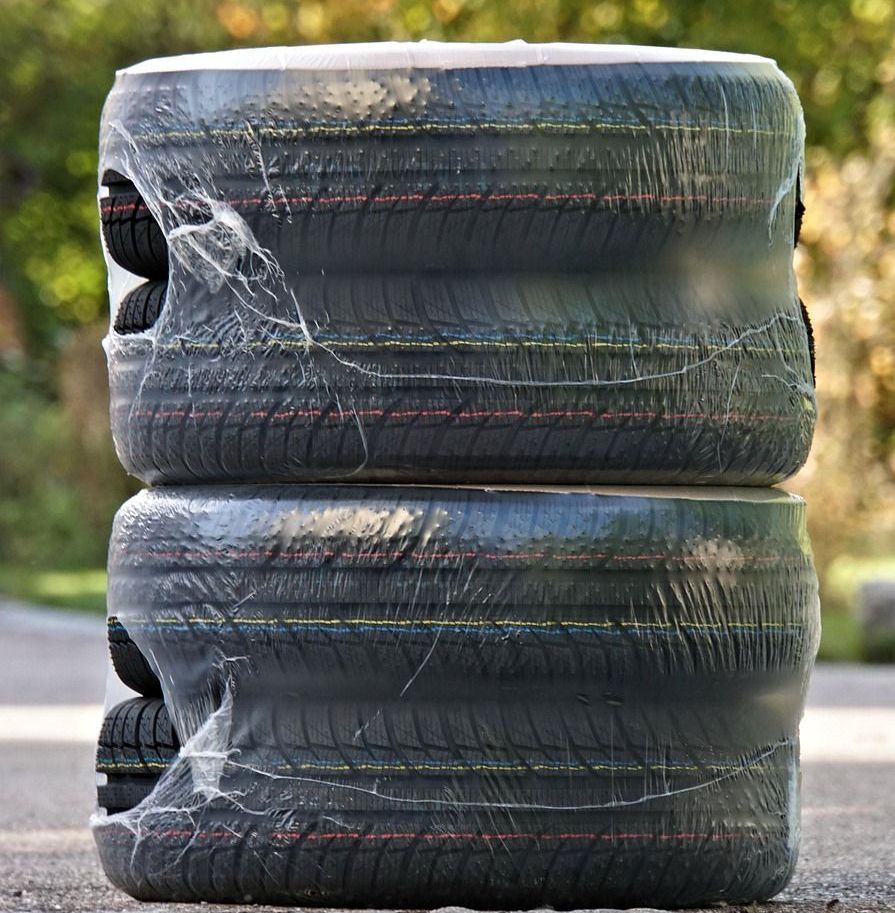Tire Damage 101: When to Patch, When to Replace
Your Guide to Smart, Safe Decisions
Tires take a beating, especially when you’re navigating the potholes, debris, and unpredictable road conditions common throughout the Boston area. A punctured or damaged tire can leave you wondering: can this be fixed, or do I need to replace the whole thing?
At Raymond’s Tire Service, we specialize in helping drivers make smart, cost-effective choices about their tires. Let’s break down the basics of tire damage, how to tell when a tire is repairable, and when a full replacement is the safest option.
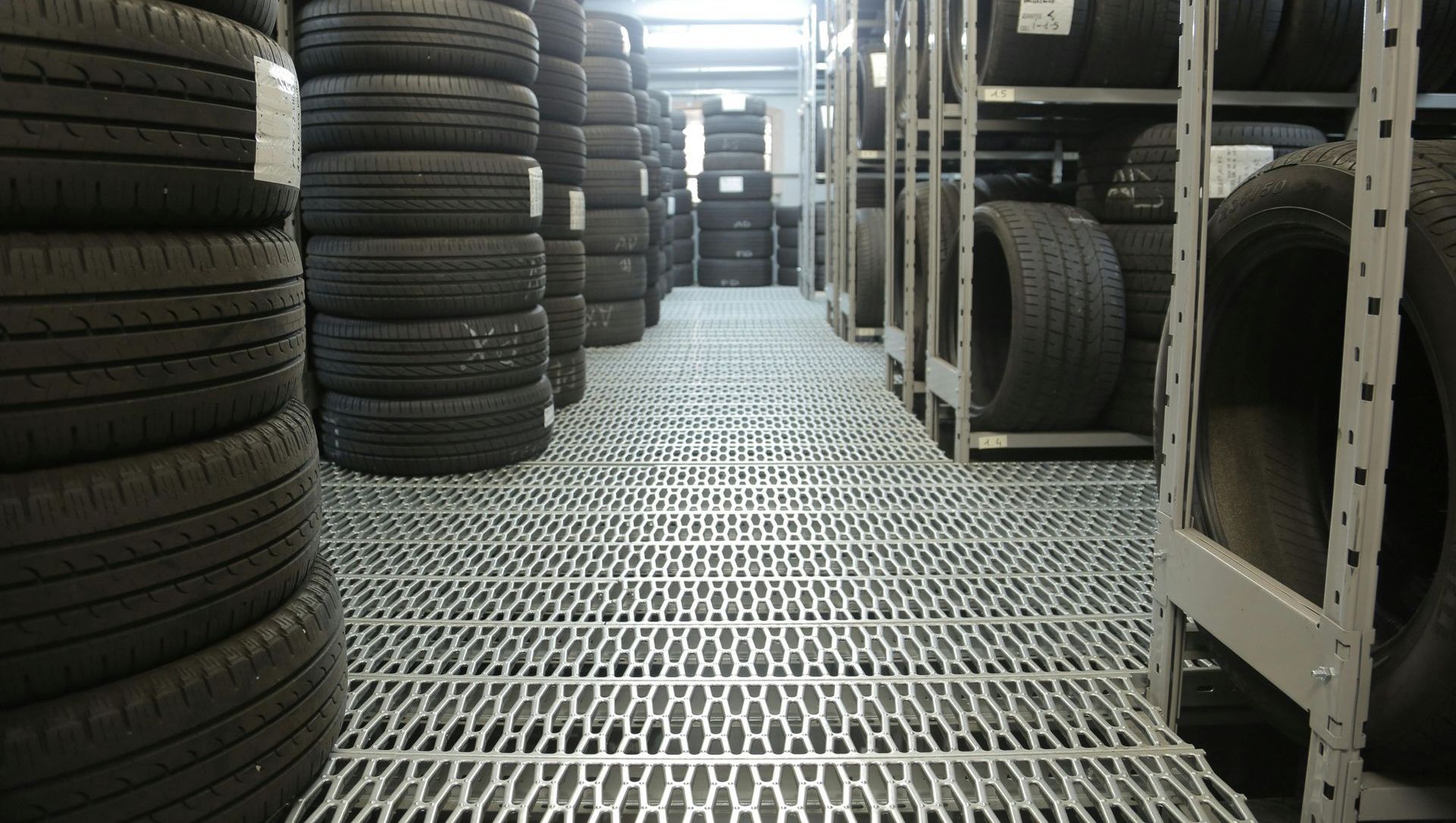
Common Types of Tire Damage
Before deciding on a repair or replacement, it’s important to understand the different types of damage your tire might sustain:
- Punctures: Usually caused by nails, screws, or sharp debris on the road. These are the most common and often the most repairable.
- Sidewall Damage: This includes bubbles, slices, or deep scrapes on the outer edge of the tire.
Sidewalls are not repairable.
Tread Separation: When the layers of a tire begin to peel apart, usually due to wear or manufacturing defects. - Impact Damage: Often the result of hitting a pothole or curb. It can cause internal belt damage or visible bulges.
- Dry Rot and Cracking: Caused by age, weather exposure, or underuse.
These tires become brittle and unsafe over time.
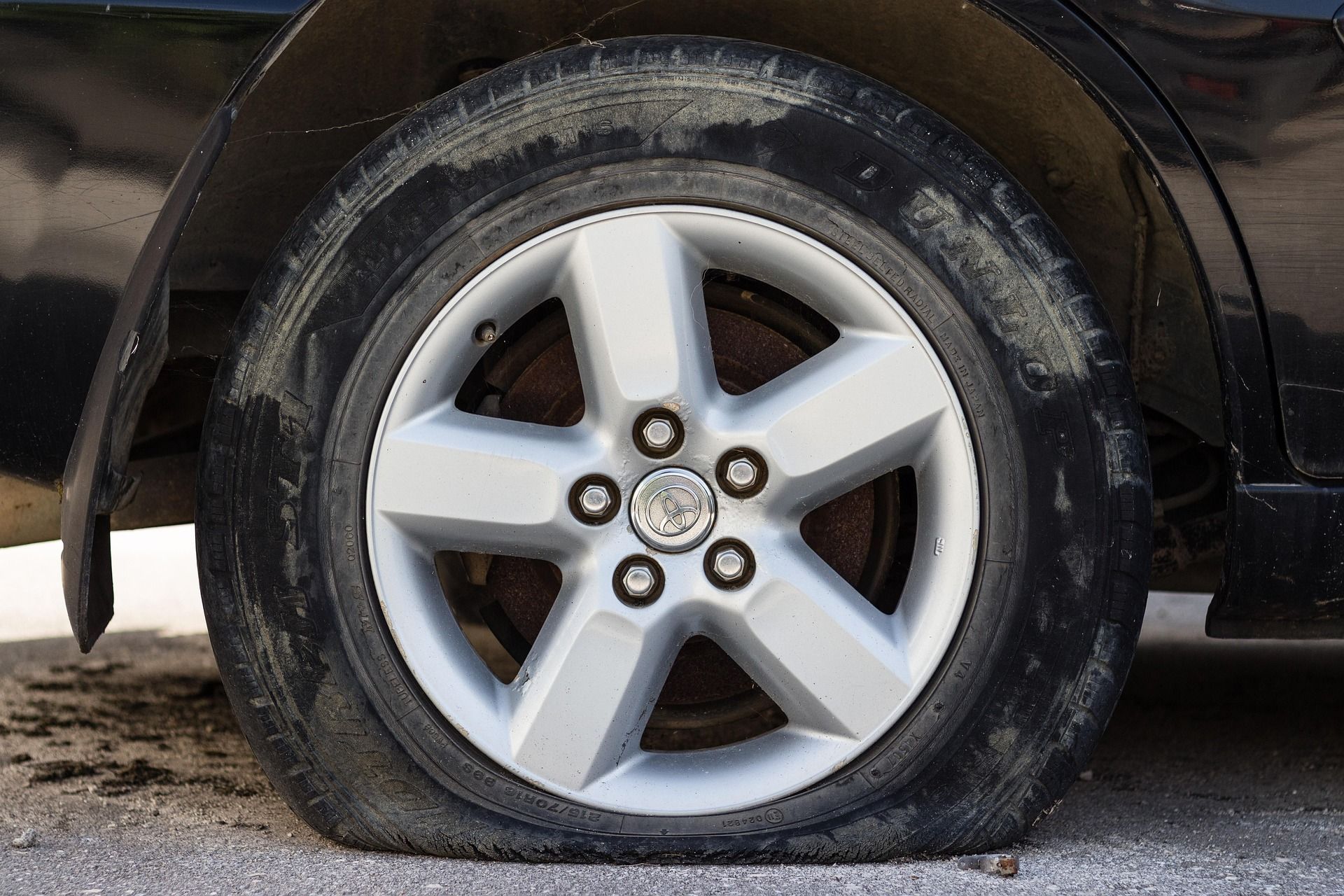
When Is a Tire Patch or Plug Safe?
A professional tire repair is often a fast and affordable solution, but only when the damage meets specific criteria. A tire can generally be patched or plugged if:
- The puncture is in the tread area, not the sidewall or shoulder.
- The hole is no larger than ¼ inch (6 mm) in diameter.
- The tire has no additional internal damage or
belt separation.
The tire has sufficient tread depth and is not too old or worn.
If these conditions are met, a proper repair involves removing the tire from the rim and applying a plug-patch combination from the inside. This seals both the inner liner and the puncture channel.
At Raymond’s Tire Service, we never cut corners with unsafe patch jobs or surface-only repairs. If it’s not safe, we’ll tell you.
When Should a Tire Be Replaced?
Not all damage can (or should) be repaired. A tire must be replaced when:
- The puncture is in the sidewall or shoulder.
- There are multiple punctures close together.
- The tire has structural damage like exposed cords, tread separation, or sidewall bulges.
- There’s evidence of dry rot, cracks, or significant tread wear.
- The tire is over six years old, even if it looks fine.
Driving on a compromised tire can lead to blowouts, loss of control, or damage to your suspension system. In most cases, the cost of replacement is far less than the cost of an accident.
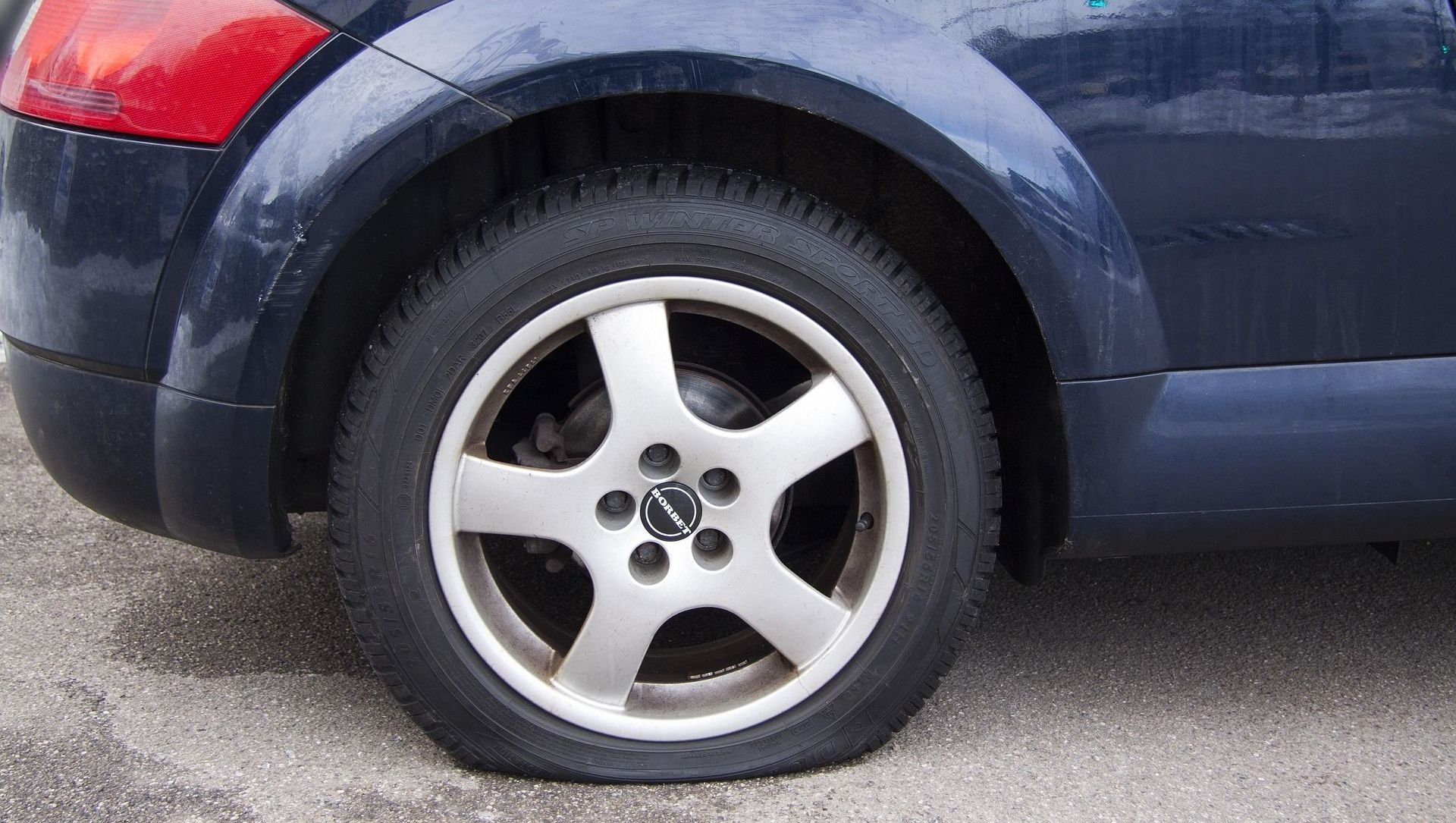
What About Run-Flat Tires?
Run-flat tires are designed to allow short-term driving after a puncture, but not all can be repaired. Depending on the extent of the damage and the brand’s specifications, we can advise whether a repair is safe or if replacement is necessary.
Don’t Rely on Guesswork
The truth is, tire damage is not always obvious. A nail puncture may seem small but could be hiding internal harm. Conversely, what looks like a serious cut might be shallow and easy to fix. That’s why professional inspection matters.
At Raymond’s Tire Service, we take the time to inspect every tire inside and out. Our technicians will explain your options clearly—no upselling, no pressure, just expert advice you can trust.

Stay Safe and Save Money
Catching and repairing tire damage early can save you the cost of a full replacement. But when safety is on the line, we never take chances.
Whether you need a quick patch or a brand-new set, Raymond’s Tire Service is here to help Boston drivers stay safe on the road year-round. Stop by, give us a call, or book an inspection today.






